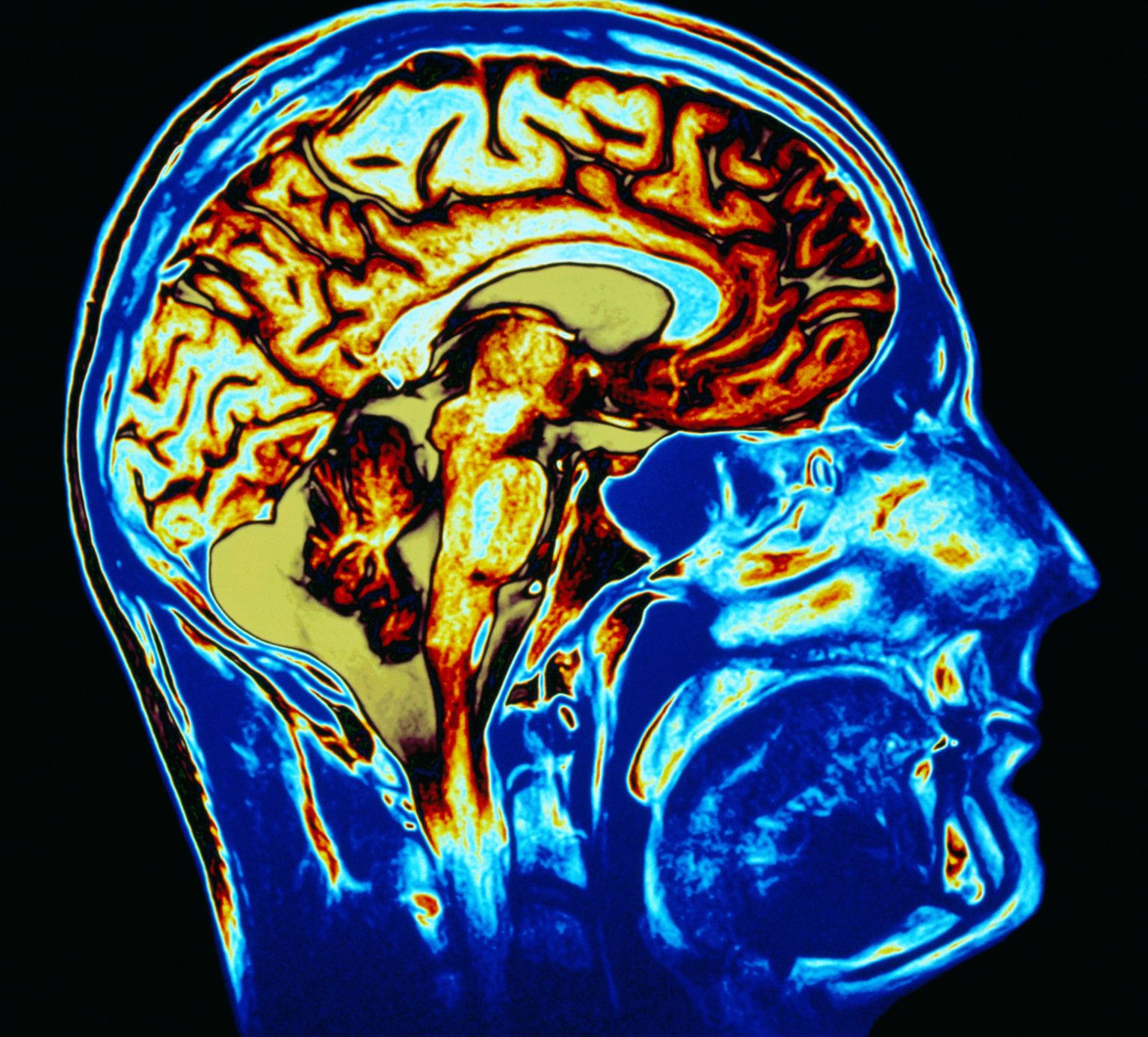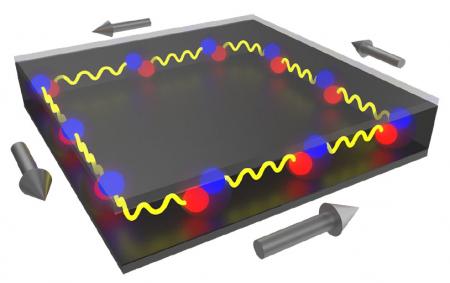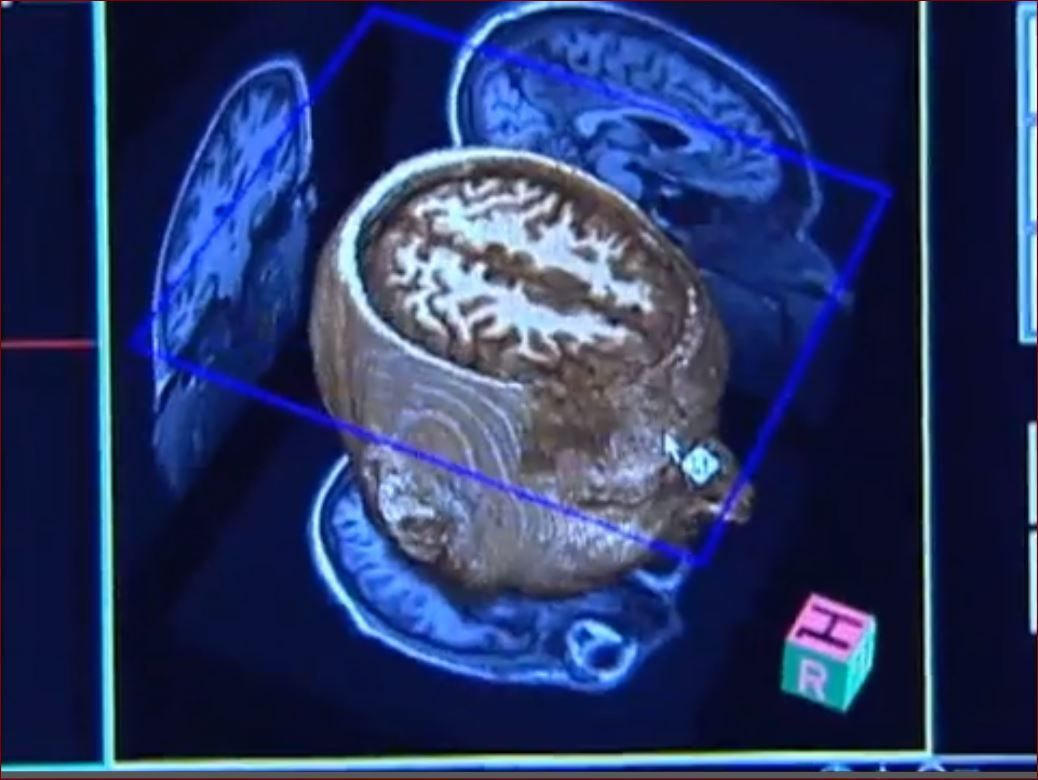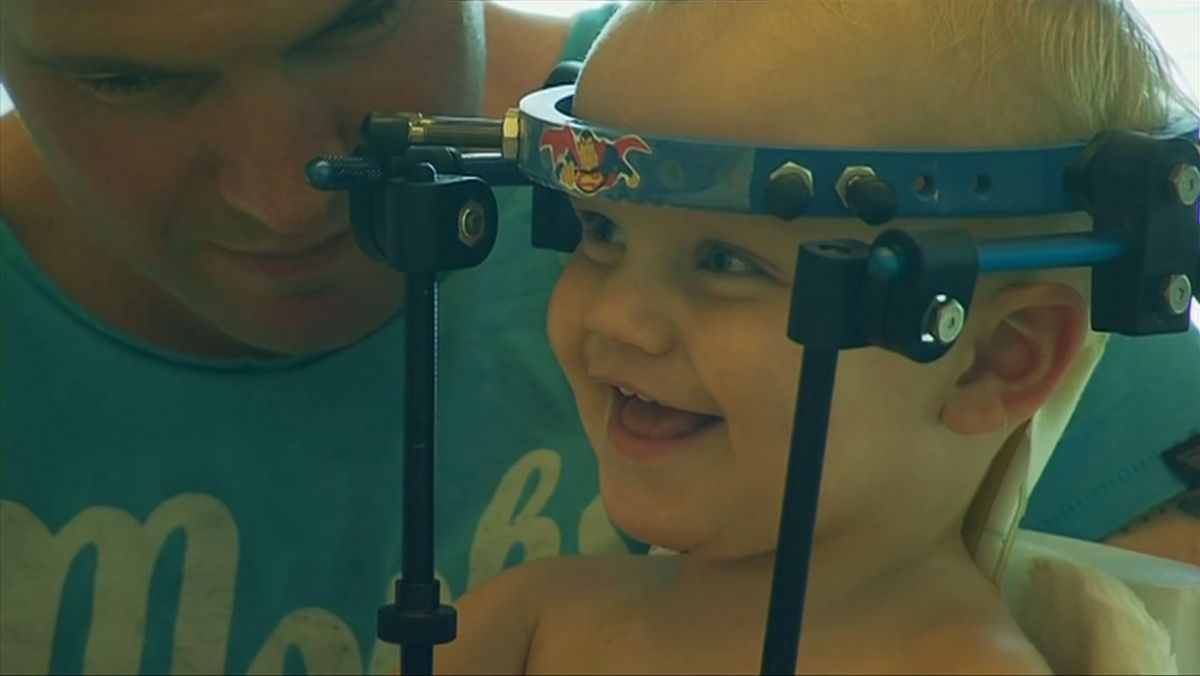Oct 7, 2015
‘Neural Dust’ May Let Minds Meld With Machines
Posted by Scott Davis in categories: cyborgs, neuroscience
This neural dust sprinkled into an individual’s brain tissue could form an “implantable neural interface system that remains viable for a lifetime.”
Earlier this month, five researchers at the University of California, Berkeley, put out a paper discussing the possible development of mind-reading “neural dust,” which could be implanted directly into the human brain to allow people to interact with machines.
The paper is what the MIT Technology Review calls a theoretical study: The idea is “littered with challenges beyond the state-of-the-art.”
Continue reading “‘Neural Dust’ May Let Minds Meld With Machines” »













